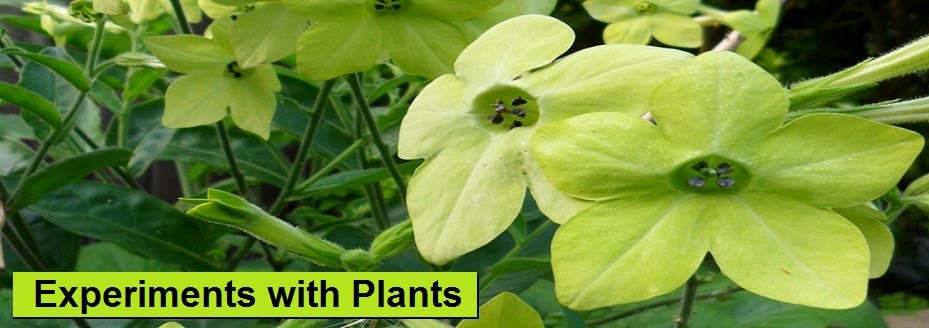Sedum Spectabile (31 DEC 2010)
Sedum Spectabile seemed to appear out of nowhere as they were in parts of the garden that I wasn't bothering to water. In the summer they had jade succulent leaves with red tips and flowers which turned baby-pink in the autumn. They seemed overcrowded, stems growing out sideways with just a couple upright, so I split them and planted them temporarily in five more places to give away as presents. They adapted to their new locations so easily, then after the first frost in October, the leaves turned a luminous yellow and the flowers deepened in colour to mauve, eye-catching in the rain-sodden garden. In November, they started to dry out and camouflaged well amongst the fallen leaves and now little jade buds are poking out of the snow, completing the cycle. Quite symbolic for this time of year, in short, I love everything about this plant.
 I got worried when the leaves started turning yellow because I've seen specimens in other people's front gardens which are still green. It occurred to me that I might have split the plants too late in the year and maybe the frost had damaged the roots in the disturbed soil.
I looked on the internet for pictures of sedum in
I got worried when the leaves started turning yellow because I've seen specimens in other people's front gardens which are still green. It occurred to me that I might have split the plants too late in the year and maybe the frost had damaged the roots in the disturbed soil.
I looked on the internet for pictures of sedum in  winter but couldn't find any. I'm at ease now that the buds have appeared, I guess mine is a herbaceous variety. The advantage of this herbaceous plant, unlike others like Bleeding Heart which disappear completely above ground, is that the dead stems and flower heads stay intact and have their own beauty, marking the spot where rebirth will take place.
winter but couldn't find any. I'm at ease now that the buds have appeared, I guess mine is a herbaceous variety. The advantage of this herbaceous plant, unlike others like Bleeding Heart which disappear completely above ground, is that the dead stems and flower heads stay intact and have their own beauty, marking the spot where rebirth will take place.
According to wikipedia, Sedum Spectabile (of Crassulaceae family – stone crops) has now been reclassified as Hylotelephium Spectabile. I can't find an explanation why. The Latin plant names don't deter me because I studied Latin at secondary school. The other options were Italian or German (Latin seemed the easiest for someone who is terrible at accents). The teacher looked just like my image of a Roman wearing sandals, dresses like tunics and her passion for the subject was infectious, to me at least. When I read Latin scripts, I felt a powerful connection with ancient civilisations at a time when I felt a misfit in my own. After Latin O'level, I thought I'd never use Latin again, having said that, it was a long time ago, and so far I haven't been successful in trying to translate my plant names. Latin translators don't seem to recognise them so I've come to the conclusion that these are not vocabulary that would have been recognised in Ancient Rome.
As I suspected, I've just found an article which explains that scientific plant (& animal) names are "latinized" (usually derived from people's names these days or even a Greek word). I still don't think learning Latin was a complete waste of time, because my connection with the ancients remains and I plan to use my garden as a channel to the past .... and to the future.

3 comments:
Hope your sedums continue to grow nicely
Happy new year!
Hi, my first visit to your blog. Very colorful and informative. The picture of flowering quince are very lovely. Keep posting.
Its great to see the new Sedum shoots which show in the Winter, even here in Aberdeen
Post a Comment